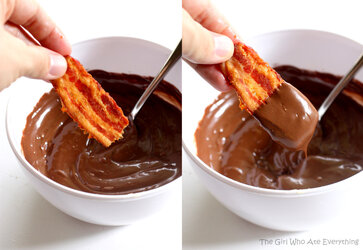i've used it, works like a charm,
although there have been reports that it "dried-out" after a few months.
I wouldn't know about that, had it on between IHS & HS/Block for about a year, till i changed cooler
(and couldn't be bothered with applying again - used PK3 as its only temporary) and i didn't notice any real degradation... so it probably comes down to how it has been applied to start with.
However, afterwards you basically have to lap CPU/HS to get rid of the residue, but lapping is not a bad thing

All in all, it works well... although a bit labour intensive

Is it worth the effort & cost? That's an individual choice

I've used it partly out of curiosity, partly because it outperforms any other TIM (except CLP & Indigo) and thus have better cooling.... not because i wanted to achieve insane overclocks, but the cooler the CPU, the lower the fan RPM, the less the noise

see also some on the
other board



